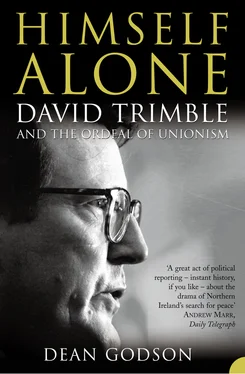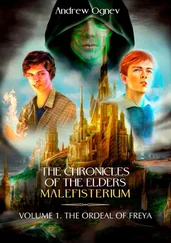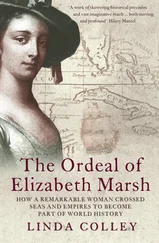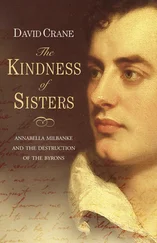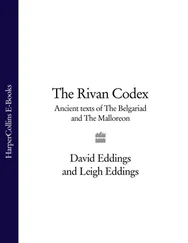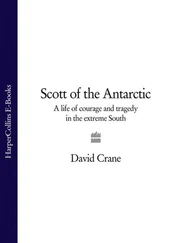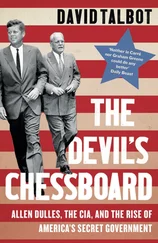Trimble believed that even the most balanced accounts of the island’s history did not, taken as a whole, accord equality of treatment to Unionism. 4 Unless Unionists found an organisational vehicle to rectify this asymmetry, governmental support would go entirely to the Gaelic/Catholic/Nationalist side rather than the Orange tradition. Trimble reckoned that although the Orange Order was an entirely bona fide body, the ‘cultural commissars’ (his words) at the NIO would never dispense funds to it. 5 In some ways, he thought the Order was too exclusive a body, for the wider unionist community of Ulster was not coterminous with Orangeism. Likewise, to insert ‘Protestant’ into the title of any new body would also be unsatisfactory, for neither was the British community of Ulster synonymous with Protestantism: some of its most loyal citizens were Catholic. He was also anxious to avoid any hint of anti-Englishness, to which so many loyalists were prone after being let down by successive British Governments. Trimble now thought that anti-Englishness only played into the hands of Irish nationalists, and served to detach them from their natural moorings in the broader, more cosmopolitan community of the British Isles. What, then, would provide the broadest basis for fighting the dilution of Ulster’s cultural identity?
‘Ulster-British’ – hyphenated – seemed the most satisfactory formulation. It implied a community capable of autonomous existence but which was also invested with wider associations in these isles as a whole. So following a seminar at the Park Avenue Hotel in Belfast on 25 April 1985, it was decided to set up ‘the Ulster Society for the Promotion of Ulster-British Heritage and Culture’. On 28 September 1985 (the 73rd anniversary of the signing of Ulster’s Solemn League and Covenant) the organisation was launched formally at Brownlow House in Lurgan. Brownlow House – a mid-19th-century sandstone structure that served as world-wide headquarters of the Royal Black Institution and was also the largest Orange Hall in the world – became its home base. Trimble became the chairman, and a young activist from Fermanagh, Gordon Lucy, became general secretary. The first project focused on loyalist folk music and entailed the collecting of the words and tunes of traditional Orange songs and ballads which were in danger of being lost to posterity (surprisingly or not, Trimble’s musical tastes do not extend to loyalist bands). The second subject concerned Orange banners, with questionnaires to be sent to every lodge. Another study focused on the original UVF and 36th (Ulster) Division, which would trace and interview survivors of the carnage which that unit endured on the Somme. Nor was the international dimension neglected: the Ulster Society also sought to rekindle awareness of the contribution of Ulstermen to the American Revolution. 6 Later, he was instrumental in securing a reprint of Cecil Davis Milligan’s Walls of Derry , the authoritative work on all aspects of the defences of the Maiden City, first published in the Londonderry Sentinel in two parts in 1948 and 1950. 7 Trimble also reviewed books on Ulster’s contribution to the development of science and technology – including Sir Hans Sloane and Lord Kelvin – and wrote a new introduction to the third volume in the Tom Barber trilogy of novels by Forrest Reid, an early to mid-20th-century Ulster author. 8
Maintaining the self-confidence of the Unionist community turned out to be even more necessary than Trimble had imagined when he determined to set up the Ulster Society. For on 15 November 1985, the British and Irish Governments signed the Anglo-Irish Agreement, which for the first time gave the Republic a formal say in the affairs of Ulster – on everything from security, public appointments, to the official use of flags and symbols. 9 As Trimble later noted, the 1985 Agreement did not even contain any declaration – as in the 1973 Act – stating that Northern Ireland was part of the United Kingdom, nor that it was the policy of the British Government to support the wishes of the people of Northern Ireland. 10 Worse still from a Unionist viewpoint, the Republic had achieved this role in the internal affairs of the Province without rescinding its claim over Northern Ireland contained in Articles 2 and 3 of the 1937 Constitution, which was illegal under international law. In the words of the Northern Ireland Assembly’s report on the AIA – largely drafted by Trimble – ‘the agreement clearly diminishes British sovereignty in Northern Ireland by admitting a foreign government into the structure and processes of government of Northern Ireland’. The Intergovernmental conference – with its secretariat at Maryfield, on the outskirts of Belfast – was ‘a joint authority in embryo, which if allowed to develop will become the effective government of Northern Ireland’. 11 Trimble now believes that the British state was disappointed with the results of the AIA and pulled back from the logical drift towards joint authority. But even though today he prefers the description of ‘direct rule with the Greenest of tinges’, he still shudders at the thought of the AIA effectively placing the Irish Government inside British ministers’ private offices.
It was an even greater blow than the suspension of Stormont in 1972. As such, it fulfilled the Ulster-British people’s worst nightmares, both in the contents of the treaty and in the manner of its negotiation. For the UUP leadership had been ruthlessly excluded from consultation about the document. But should Molyneaux have seen it coming? As is shown by his Calvin Macnee article in Fortnight of 2 February 1985, even a relatively peripheral figure such as Trimble spotted that something was in the works as early as November 1984, when Thatcher and Fitzgerald held their press conference at Chequers (as has been noted, the occasion of her famous ‘out, out, out’ pronouncement – on the findings of the New Ireland Forum of the south’s constitutional parties and the SDLP). Her words had delighted Unionists, and horrified nationalists. But Trimble was not so sure. He watched the whole press conference on television with fellow delegates to the UUP’s annual conference at the Slieve Donard Hotel in Newcastle, Co. Down. What she actually said was: ‘A United Ireland was one solution. That is out. A second solution was confederation of the two states, that is out. A third solution was joint authority. That is out. That is a derogation from sovereignty.’ 12 Trimble noted, though, that she had hesitated when the third option was mentioned and had to be prompted by a civil servant – an odd slip for someone as well-briefed as she was. He concluded from this lapse that if the two Prime Ministers really had been discussing the New Ireland Forum, she would not have needed to be prompted. It followed in Trimble’s mind, therefore, that they must have been discussing something else.
But what was that something else? Thatcher, who feared that the Cabinet might leak, left the negotiations largely in the hands of her Cabinet Secretary, Sir Robert Armstrong, and one of his officials, Sir David Good-all. Increasingly desperate efforts to find out what was going on were met with ever more evasiveness as proposals emerged in the Dublin press. At one meeting at No. 10 between Molyneaux, Paisley, Thatcher and Douglas Hurd (the Northern Ireland Secretary) on 30 August 1985, the Prime Minister and Ulster Secretary simply listened and took notes but offered no guidance whatsoever on the contents of the negotiations. Many Unionists, including Trimble, could not grasp why Molyneaux – who had been aware of the seriousness of what was being negotiated for some time – waited till August 1985 to start agitating against the emerging deal; only then was a joint working group between the UUP and DUP set up. Trimble shares the conventional view of many Unionists that Molyneaux had relied excessively upon Enoch Powell, who believed that such an agreement would not be reached (and whose utility was diminished by his own highly ambivalent relationship with Thatcher). Trimble also thinks that Molyneaux might have relied too much on Ian Gow, who had left his original post as Thatcher’s PPS for a ministerial slot and who inevitably no longer enjoyed the same access as in the first term. 13 Frank Millar – who was then general-secretary of the party – remembers that although Molyneaux went along with his contingency planning in anticipation of an Anglo-Irish deal, the UUP leader nonetheless believed to the last that there would be no agreement. 14
Читать дальше
